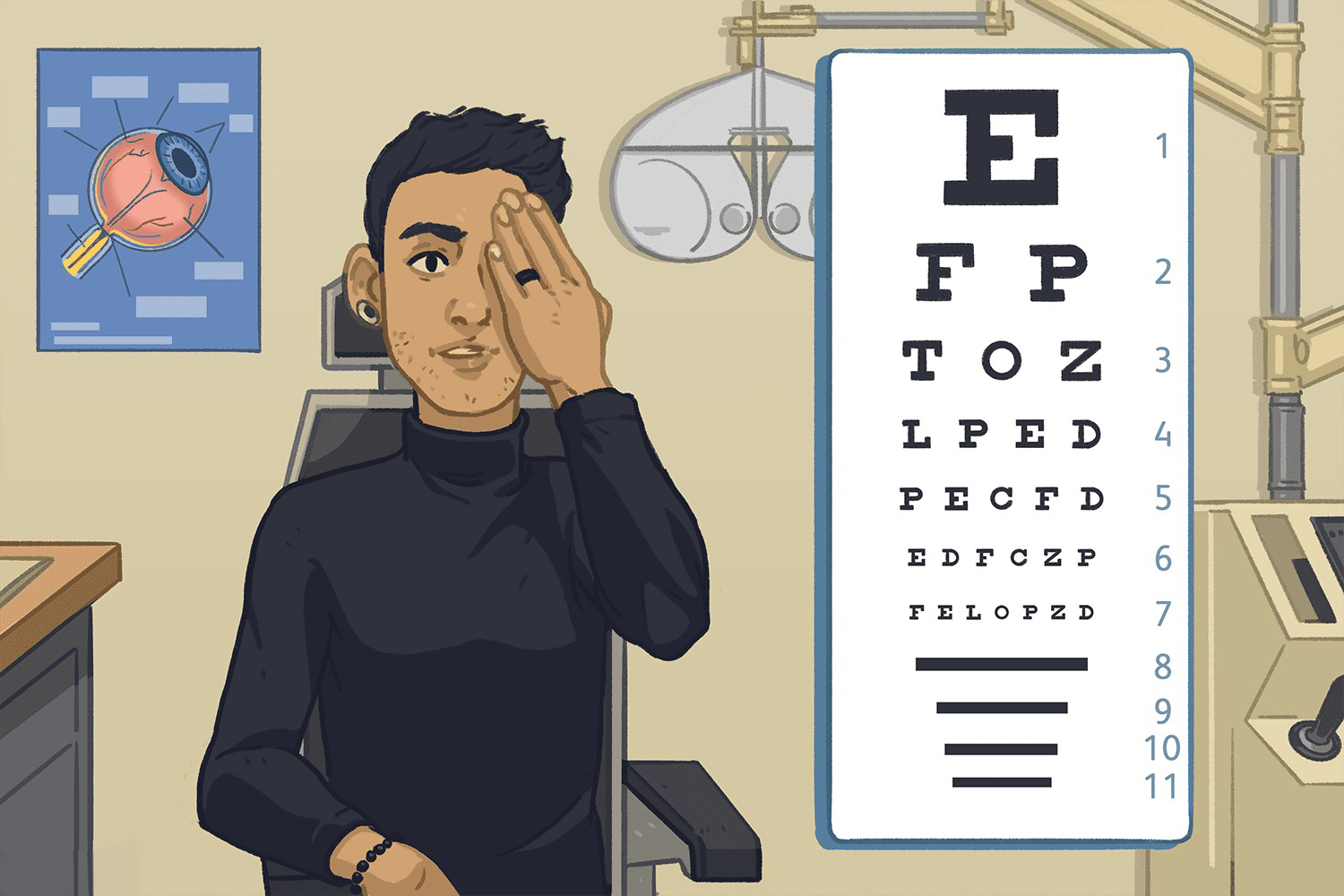How to Read and Interpret Your Eyeglass Prescription: A Clear Vision Guide
If you’ve recently had an eye examination and received your eyeglass prescription, you may be faced with a series of numbers and abbreviations that seem like a code only optometrists can decipher. However, understanding your eyeglass prescription is essential for selecting the right lenses to correct your vision. In this guide, we break down the key components of an eyeglass prescription and provide insights on how to read and interpret it.
Understanding the Basics:
An eyeglass prescription is a written prescription provided by an optometrist or ophthalmologist following an eye examination. It contains specific details about the lenses needed to correct your vision.
OD and OS:
The prescription is typically divided into two parts: one for the right eye (OD, which stands for “oculus dexter”) and one for the left eye (OS, which stands for “oculus sinister”). If you have a prescription for both eyes, you will see numbers listed under each of these abbreviations.
Spherical Power (SPH):
The spherical power (SPH) indicates the main lens power needed to correct nearsightedness (minus sign), farsightedness (plus sign), or astigmatism. The larger the number, the stronger the prescription. If there is no number under this category, it means there is no spherical correction needed.
Cylinder (CYL):
The cylinder value (CYL) indicates the amount of astigmatism correction needed. It is represented with a minus or plus sign, much like the spherical power. The axis, denoted by a number between 1 and 180, specifies the orientation of the astigmatism correction.
Axis:
The axis is a measurement in degrees (ranging from 1 to 180) that specifies where the astigmatism correction should be placed on the lens. It complements the cylinder value.
Addition (ADD):
The addition (ADD) is used for bifocal and progressive lenses to indicate the additional magnifying power needed for close-up activities. This is common for individuals with presbyopia, a condition that affects near vision as people age.
Prism and Base:
Some prescriptions may include prism correction for eye alignment issues. The prism is measured in prism diopters (Δ), and the base denotes the direction of the prism. For example, “BU” stands for base up, and “BD” stands for base down.
Pupillary Distance (PD):
Although not part of the prescription, the pupillary distance (PD) is crucial for ensuring the correct placement of the lenses in your frames. It is the distance between the centers of your pupils and is measured in millimeters.
Interpreting Sample Prescriptions:
Let’s take an example to illustrate how to read a prescription. If you see numbers like -2.50 -1.00 × 180 in the right eye (OD) and -2.75 -0.75 × 90 in the left eye (OS):
The spherical power for the right eye is -2.50, with -1.00 cylinder at an axis of 180.
The spherical power for the left eye is -2.75, with -0.75 cylinder at an axis of 90.
**10. Consulting Your Eye Care Professional:
While this guide provides a general overview, it’s crucial to consult your eye care professional for a thorough explanation of your prescription. They can address specific questions, discuss any unique aspects of your prescription, and help you choose the right lenses for your eyeglasses.
Conclusion:
Understanding how to read and interpret your eyeglass prescription empowers you to make informed decisions about your vision correction. Keep in mind that your prescription may change over time, so regular eye examinations are essential for maintaining optimal eye health. If you ever have questions about your prescription or experience changes in your vision, don’t hesitate to reach out to your eye care professional for guidance. With a clear understanding of your prescription, you can confidently choose eyeglasses that enhance your vision and suit your lifestyle.


